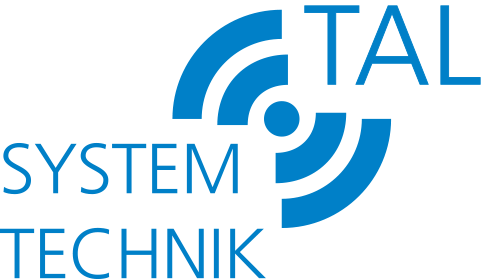Achieving Environmental Sustainability Through Automation: A Step Towards a Greener Future
In recent years, the world has witnessed an alarming rate of environmental degradation, from deforestation to pollution and climate change. Governments, organizations, and individuals are realizing the urgency to take action to achieve environmental sustainability. Technology and automation have emerged as powerful tools in this endeavor, offering innovative solutions to address the environmental challenges we face. One such solution is the use of automated processes in the production of ‘konfektion dämmstoffe’ (a German term referring to custom-made insulation materials), which can contribute significantly to a greener future.
Automation refers to the use of technology to create systems or processes that operate with minimal human intervention. When it comes to environmental sustainability, automation can play a vital role in reducing the ecological footprint in various industries. In the production of konfektion dämmstoffe, automation can streamline and optimize processes, resulting in reduced energy consumption and waste.
One significant advantage of automation is the ability to ensure consistency and accuracy in the manufacturing process. Insulation materials, such as konfektion dämmstoffe, demand strict adherence to specific dimensions and quality standards. Automating the production process eliminates human error, leading to superior products that maximize efficiency and energy savings. By achieving precise measurements and quality control, the overall wastage is reduced, further contributing to environmental sustainability.
Additionally, automated processes can provide real-time data on energy consumption, material usage, and emissions. With this information, manufacturers can identify areas for improvement and implement energy-efficient solutions. For instance, an automated production line for konfektion dämmstoffe can monitor energy consumption for each step of the process, enabling managers to pinpoint energy-intensive stages and find innovative ways to reduce their carbon footprint.
Moreover, automation can significantly reduce the need for manual labor, minimizing the associated environmental impacts. With the use of robotics and advanced machinery, the production of konfektion dämmstoffe can be streamlined, reducing the reliance on human workers and their transportation needs. This can lead to fewer vehicles on the road and, consequently, less air pollution and greenhouse gas emissions.
Furthermore, automation can enhance the durability and lifespan of konfektion dämmstoffe products. By utilizing precise cutting and shaping techniques, automated production processes can ensure that insulation materials fit seamlessly, reducing the risk of thermal leaks. This improved performance translates into energy savings for the end-users, as well as a reduction in the overall demand for konfektion dämmstoffe replacements.
In conclusion, achieving environmental sustainability through automation is a crucial step towards a greener future. By embracing automated processes in the production of konfektion dämmstoffe, we can reduce energy consumption, minimize waste, and optimize the use of resources. Automation allows for precision, consistency, and data-driven decision-making, leading to higher product quality and energy efficiency. Furthermore, the reduced reliance on manual labor and improved product durability contribute to long-term environmental benefits. As we confront the pressing challenges of climate change, it is imperative to harness the potential of automation to achieve environmental sustainability and pave the way for a cleaner and healthier planet.
************
Want to get more details?
TAL Systemtechnik GmbH
https://www.tal-systemtechnik.de/
+49 7731 68405
Byk-Gulden-Straße 36, 78224 Singen
TAL Systemtechnik GmbH – Wir produzieren und liefern Ihnen konfektionierte Dämmstoffe nach Maß, Akustische Dämmung zur Schallisolierung, den TL flexibler Abgasschlauch hitzebeständig und diverse Schallschutzvorhänge für die Industrie.














